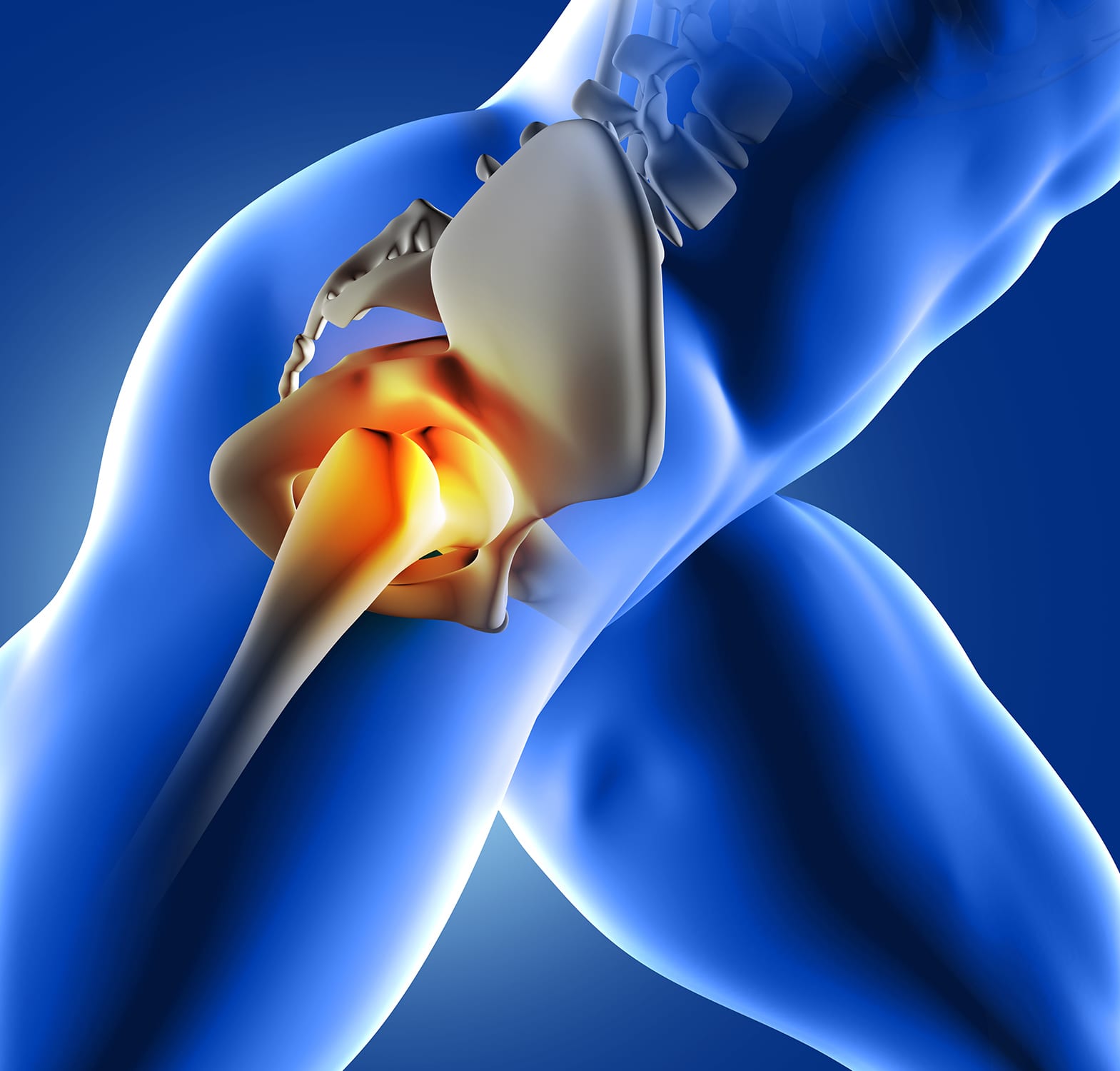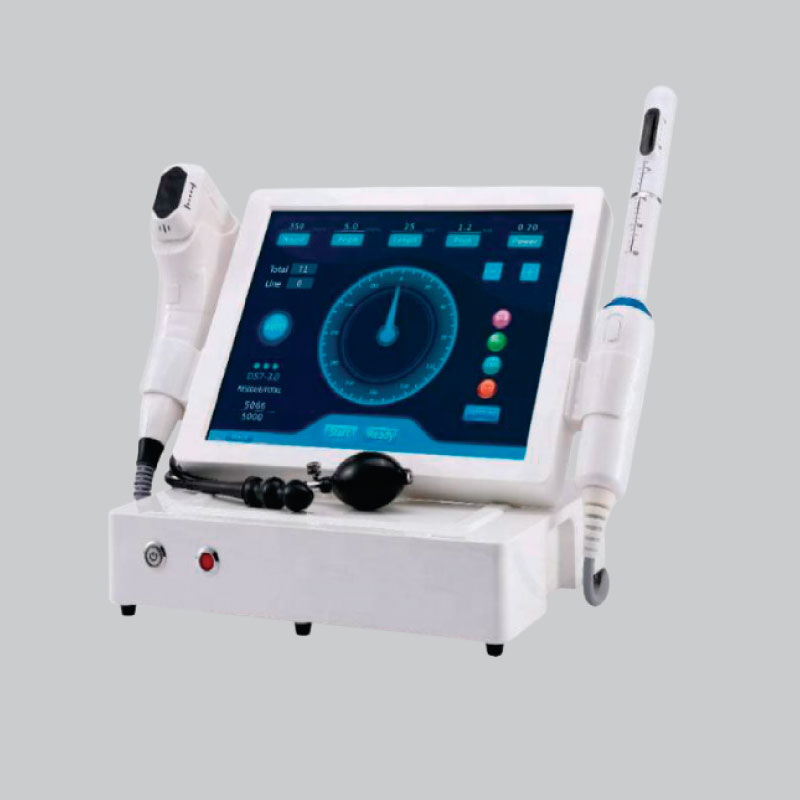

The index combining reports of pain intensity with pain duration, do not improve agreement, correlation or contingency with clinical signs compared to use of pain intensity alone. The negative agreement increased for the neck/shoulder region with higher cut-off points for dichotomization, but not for the upper limb region.

However, the relationship showed high negative agreement and high contingency. The study found low correlation and low positive agreement for neck/shoulder and upper limb pain related to clinical signs of disorders in the region. The associations were evaluated by agreement, correlation and symmetric strength of association (contingency). A clinical examination was performed within a week after completing the form. A pain severity index was calculated by multiplying the pain intensity (0–3) and the duration (1–4). The students stated the pain in four intensity grades and the pain duration in four period lengths within the preceding four weeks period. Methodsįour hundred and twenty technical school students of both genders were included with a median age of 17 years (16–28). The main objective of this paper was to assess the association between self-reported neck/shoulder/upper limb pain and clinical signs of disorders in the region, especially by comparing a measure that only used pain intensity with a measure that combined pain intensity and pain duration. It is important to validate self-reported musculoskeletal pain used in epidemiological studies for evaluation of pain outcome measures.


 0 kommentar(er)
0 kommentar(er)
